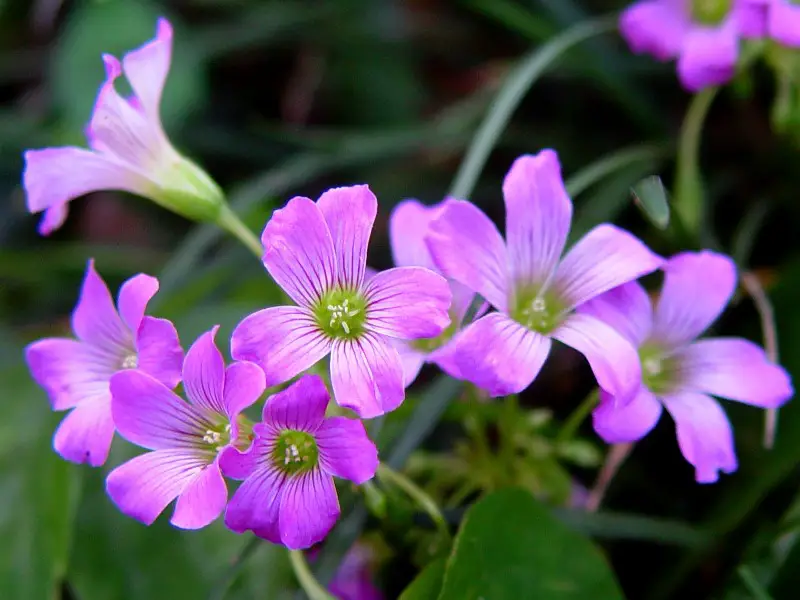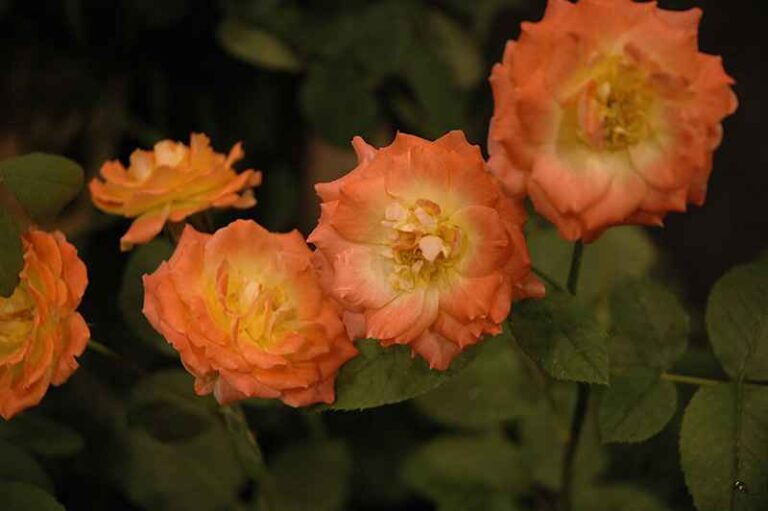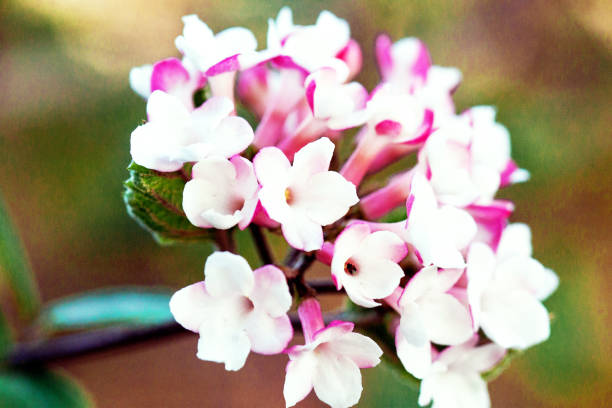Introduction
Welcome to our comprehensive guide on Violet Wood Sorrel, a delightful plant that can add a touch of elegance to your garden. In this guide, we will explore the care, growing tips, and various benefits of cultivating this unique species. Let’s dive into the enchanting world of Violet Wood Sorrel.

Understanding Violet Wood Sorrel
Violet Wood Sorrel (Oxalis violacea) is a perennial herbaceous plant known for its distinctive clover-like leaves and delicate violet flowers. Native to North America, it thrives in well-drained soil and partial shade, making it an ideal choice for both seasoned gardeners and beginners alike.
Common Name and Botanical Identity
Commonly Known Marvel
Violet Wood Sorrel, a name resonating with grace, brings to mind a vision of delicate blooms dancing in the dappled sunlight. Its botanical identity, Oxalis violacea, further accentuates its distinction in the plant kingdom. This duality of nomenclature sparks intrigue, making it a standout subject of botanical curiosity.
Family and Plant Type
Navigating Lineage and Growth Form
Belonging to the Oxalidaceae family, Violet Wood Sorrel finds its botanical kin among other notable plants. As a herbaceous perennial, it boasts an herb-like growth form, distinguishing itself from its counterparts within the same botanical family.
Soil Type and Bloom Time
Crafting Optimal Conditions and Blossoming Moments
Cultivating the perfect environment for Oxalis violacea involves a keen understanding of its soil preferences and bloom time. This charming perennial thrives in well-draining, slightly acidic soil. The bloom time, a spectacle to behold, usually graces gardens in late spring to early summer, turning ordinary landscapes into vibrant displays of nature’s artistry.
Flower Color and Hardiness Zones
Nature’s Palette and Geographic Resilience
The enchanting allure of Violet Wood Sorrel lies in its delicate flowers, which boast a captivating shade of violet. A true testament to its adaptability, this perennial comfortably spans hardiness zones 4 to 8, showcasing its ability to flourish across diverse climates.
Toxicity: A Critical Insight
Navigating the Safety Spectrum
While exploring the enchantment of Violet Wood Sorrel, it’s essential to address the question of toxicity. Unlike some plants within the Oxalidaceae family, this particular species is generally considered non-toxic. However, caution is always advised, especially for households with pets or young children.

Care Tips
Soil and Sunlight
For optimal growth, ensure your Violet Wood Sorrel is planted in well-draining soil with a slightly acidic to neutral pH. This versatile plant thrives in partial shade but can tolerate full sunlight, especially in cooler climates.
Watering
Maintain a consistent watering schedule, keeping the soil evenly moist. Avoid overwatering, as Violet Wood Sorrel prefers slightly drier conditions. A layer of mulch around the plant can help retain moisture and suppress weeds.
Pruning
Regular pruning is essential to encourage bushier growth and prevent the plant from becoming leggy. Trim any dead or damaged foliage to promote a healthier and more vibrant appearance.
Growing Tips
Propagation
Violet Wood Sorrel can be propagated through seeds or division. To propagate through division, separate the rhizomes and plant them in new locations. Seeds should be sown in early spring for the best results.
Container Gardening
If you have limited garden space, consider growing Violet Wood Sorrel in containers. Ensure the containers have drainage holes, and use a well-balanced potting mix. This allows for easy movement and provides an opportunity to showcase the plant on patios or balconies.
Companion Planting
Take advantage of Violet Wood Sorrel’s companion planting benefits. Its ability to repel certain pests makes it an excellent companion for vegetables like tomatoes and cabbage.
Benefits of Violet Wood Sorrel
Culinary Uses
Apart from its ornamental value, Violet Wood Sorrel is edible and adds a tangy flavor to salads, soups, and sauces. The leaves contain oxalic acid, so moderation is key when incorporating them into your culinary creations.
Medicinal Properties
Traditionally, Violet Wood Sorrel has been used for its medicinal properties. Some believe it has anti-inflammatory and antioxidant benefits, although it’s crucial to consult with a healthcare professional before using it for medicinal purposes.
Conclusion
In conclusion, cultivating Violet Wood Sorrel can be a rewarding experience for any gardener. With its charming appearance, ease of care, and various uses, this plant has rightfully earned its place in gardens around the world.







